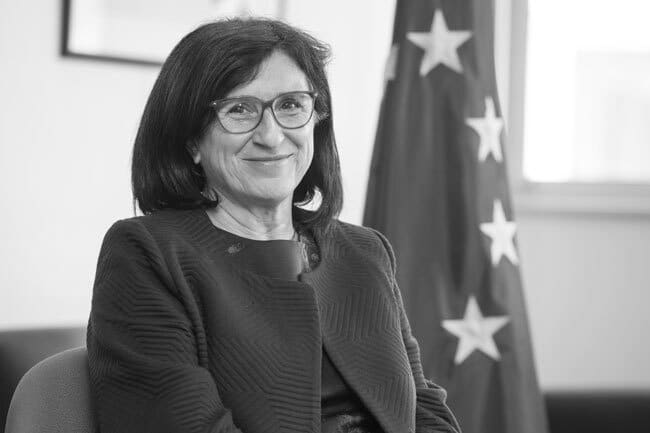Dominique RIQUET
Member of the European Parliament, President of the long term investment and reindustrialization intergroup
The Investment Plan for Europe is the Juncker Commission’s flagship policy and was built on 3 pillars: The first – and most important – was the establishment of the European Fund for Strategic Investments (EFSI) within the European Investment Bank (EIB). The second was designed to ensure that investment funds reach the real economy, and the third aimed to create an environment conducive to investment.
EFSI is intended to mobilise private financing for infrastructure projects that have until now been shunned by risk-averse investors, and to facilitate credit for SMEs by bolstering the European Investment Fund (EIF). The stated objective for EFSI, which was initially endowed with €21 billion (€16 billion from the EU and €5 billion from the EIB), is to generate a further €315 billion in investments in Europe by 2018. Let me start by saying that this objective, which at first glance seems rather ambitious, should be put into perspective by comparing it with the (huge) infrastructure investment needs in Europe, which are estimated to reach €2 trillion by 2020 . In this respect, it should also be pointed out that the European budget amounts to just 1% of European GDP. In short, the EU has to make do with the (feeble) resources allocated to it by the Member States.
How is EFSI performing so far? Let’s take a look at the figures first. In just eighteen months – based on the projects approved by the EFSI Investment Committee and the EIB Management Committee – €154 billion in investments have potentially been generated by the €27 billion of financing authorised by the EIB and the EIF. EFSI is on schedule and its geographical coverage is even.
In addition to these very satisfactory figures, we should say a few words about the nature and quality of the projects financed under the infrastructure window (the SME window being an uncontested and incontestable success). The additionality of the first projects (which could not be financed by the market alone, even under less favourable conditions) and their European Added Value (in other words their compliance with the Union’s policy objectives), left much to be desired. Realising that this was probably because the EFSI guarantee alone was not sufficient to stimulate investment, I suggested setting up a body to coordinate between the Commission and the EIB in order to optimise the EU’s investment support mechanisms and make them more fit for purpose. In other words, a body that would blend European subsidies (Connecting Europe Facility, Horizon 2020, European Structural and Investment Funds) with the EIB’s mechanisms to make projects more acceptable to the markets. Neither should we forget the promising start made by the European Investment Project Portal and the European Investment Advisory Hub, which come under the second pillar of the plan.
Despite the criticisms mentioned above, this encouraging start – while it does not improve growth prospects – has (quite rightly) led the Commission to extend and reinforce EFSI by increasing the guarantee to €33.5 billion (€26 billion from the EU and €7.5 billion from the EIB). The goal is to generate €500 billion in investments by 31 December 2020. In the new version, the lack of additionality and of European Added Value should be made good, while blending should be promoted and technical engineering improved. That said, however much financial creativity we show, the European economy will not recover its vitality or secure its future growth without the third pillar. Progress towards single market integration and harmonisation is being hindered by a Council with an increasingly sovereign (and less and less European) focus. Furthermore, some members of the Council are still unwilling to carry out essential structural reforms (chronic fiscal instability in France).
We should however welcome the introduction of the first thematic and transnational co-financing platform, the result of cooperation between EFSI and the national development banks. If successful, the platform – which is intended to finance small, high-speed network projects – should serve as an example to other sectors. And why not, since it is the season of goodwill, set up another such platform dedicated to rail infrastructure (and the development of ERTMS signalling systems)?












